
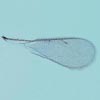 |
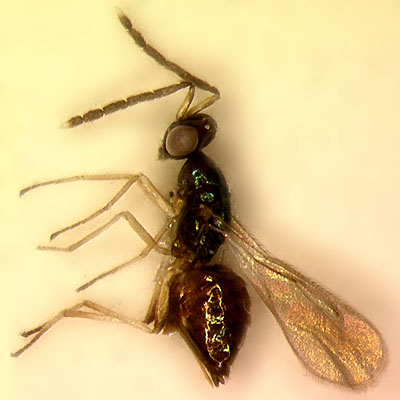 |
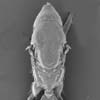 |
||||
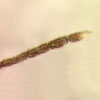 |
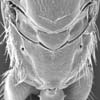 |
|||||
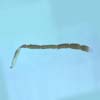 |
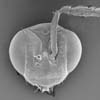 |
|||||
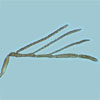 |
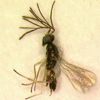 |
|||||
Classification
Superfamily : Chalcidoidea
Family : Eulophidae
Subfamily :
Eulophinae
Tribe :
Eulophini
Male antenna with branched
funicle.
Branches on funicle 2 and funicle 3 arising from near
apex of segment.
Female antenna has a white
tip.
The scape exceeds
the level of vertex.
Propodeum
is smooth without median carina, plicae or costulae.

Diagnosis
Distribution
A very widely distributed Old World species, known from
the Middle East; Afrotropical, Oriental and Australasian regions.
Recorded from: Australia; China; Ethiopia; Fiji; Ghana; Guam; Hawaii;
India; Indonesia; Japan; Kenya; Malaysia; New Caledonia; New Zealand;
Pakistan; Saudi Arabia; Senegal; Seychelles; Sri Lanka; Sudan; Taiwan;
Tanzania; Vanuatu (Noyes,
2002; 2003).
It has been used in greenhouses in Japan and Spain (Noyes,
2002; 2003).
Hosts
This is a polyphagous species that attacks a wide range of agromyzid flies. Recorded hosts include: Agromyza sp., Chromatomyia horticola; Liriomyza bryoniae; Liriomyza huidobrensis; Liriomyza pusilla; Liriomyza sativae; Liriomyza trifolii; Liriomyza sp.; Ophiomyia phaseoli; Ophiomyia sp.; Pseudonapomyza spicata.
Biology
Hemiptarsenus varicornis is a primary, solitary, larval ectoparasitoid. The paper by Kumar et al., 1998, which describes this species as an endoparasitoid, is erroneous and must be referring to a different species (probably an entedonine eulophid).
Comments
This is one of the most common Liriomyza parasitoids in the Australasian
region.